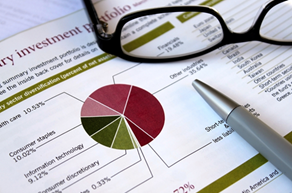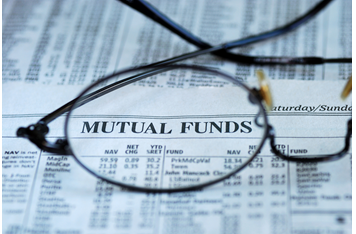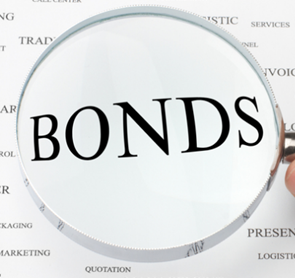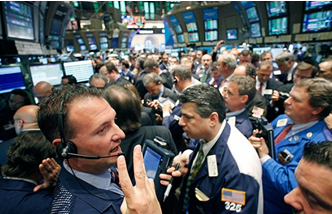Customers and investors alike love the iPhone trend that has been dominant since 2007. Although they have different reasons to enjoy Apple products, both parties come out on top.
Loyal iPhone users have emotional ties to the brand and cannot imagine living without it. Investors relish the residual effect this has on the bottom line of the company’s income statement. The popularity of the iPhone has become a widespread phenomenon in the business world, and customers and investors reap the benefits of the brand every day. The illusion of status plays a big role in the iPhone craze.
Many iPhone owners see the Apple brand as a status symbol. Since it is expensive and a new version is released nearly every year, an iPhone can make consumers seem high-tech and trendy. They must have the newest technology, which makes the price of the iPhone 4 plummet with the introduction of the iPhone 5. Like a BMW or a Coach handbag, an iPhone is a costly accessory that will make your friends jealous if they do not have one.
[related1][/related1]
Apple has one of the largest fan bases among world-renowned brand names. Their brand loyalty is unparalleled in the marketplace – once a consumer buys an iPhone, he or she is not likely to switch to another brand. When millions of people joined iTunes in the early 2000s, they became hooked on Apple products. It was an easy transition from iPods to iPhones to iPads. Although the iPhone trend is often under fire, many iPhone owners defend their purchase choice with the functionality of the phone. Apple created the first smartphone with a touch screen and applications. It was unlike any other technology on the market. With an iPhone, users could stay connected on Facebook, MySpace, and the Internet 24/7.
[newsletter2][/newsletter2]
New features like Siri make iPhones even more interactive and useful today. Investors love iPhone for a different reason. They understand that brand-loyal consumers will continue to buy the latest Apple releases, even if they don’t know why. Our culture has embraced the idea that owning the newest iPhone version first makes someone “cool” or “popular”. This has created a sort of competition among customers who want to have the latest and greatest iPhone before anyone else.
For this reason, Apple brings in billions of dollars in sales every time it releases a new version with slight modifications. Investors receive a portion of these sales through dividends and stock price increases.
As you can see, both consumers and investors love the iPhone craze. Both groups benefit from its popularity, and it seems that every party wins. Apple is a market leader with billions of dollars in iPhone sales, customers get to use technologically advanced smartphones, and investors earn a profit. They all feed off each other, a fact that has led to a loop necessary for long-term business.
Fortunately for customers, investors, and Apple, there doesn’t seem to be an end in sight for the iPhone craze.
[related2][/related2]





